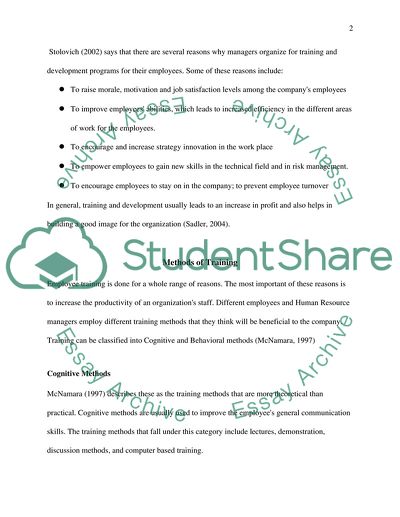Cite this document
(Traditional Views to Training and Development Dissertation, n.d.)
Traditional Views to Training and Development Dissertation. Retrieved from https://studentshare.org/social-science/1729234-training-and-development-methods
Traditional Views to Training and Development Dissertation. Retrieved from https://studentshare.org/social-science/1729234-training-and-development-methods
(Traditional Views to Training and Development Dissertation)
Traditional Views to Training and Development Dissertation. https://studentshare.org/social-science/1729234-training-and-development-methods.
Traditional Views to Training and Development Dissertation. https://studentshare.org/social-science/1729234-training-and-development-methods.
“Traditional Views to Training and Development Dissertation”, n.d. https://studentshare.org/social-science/1729234-training-and-development-methods.


